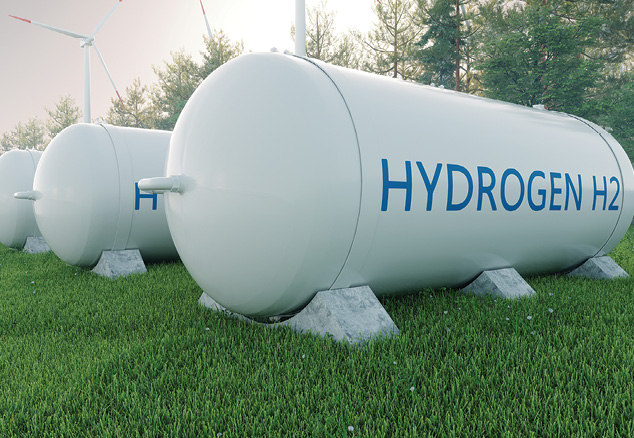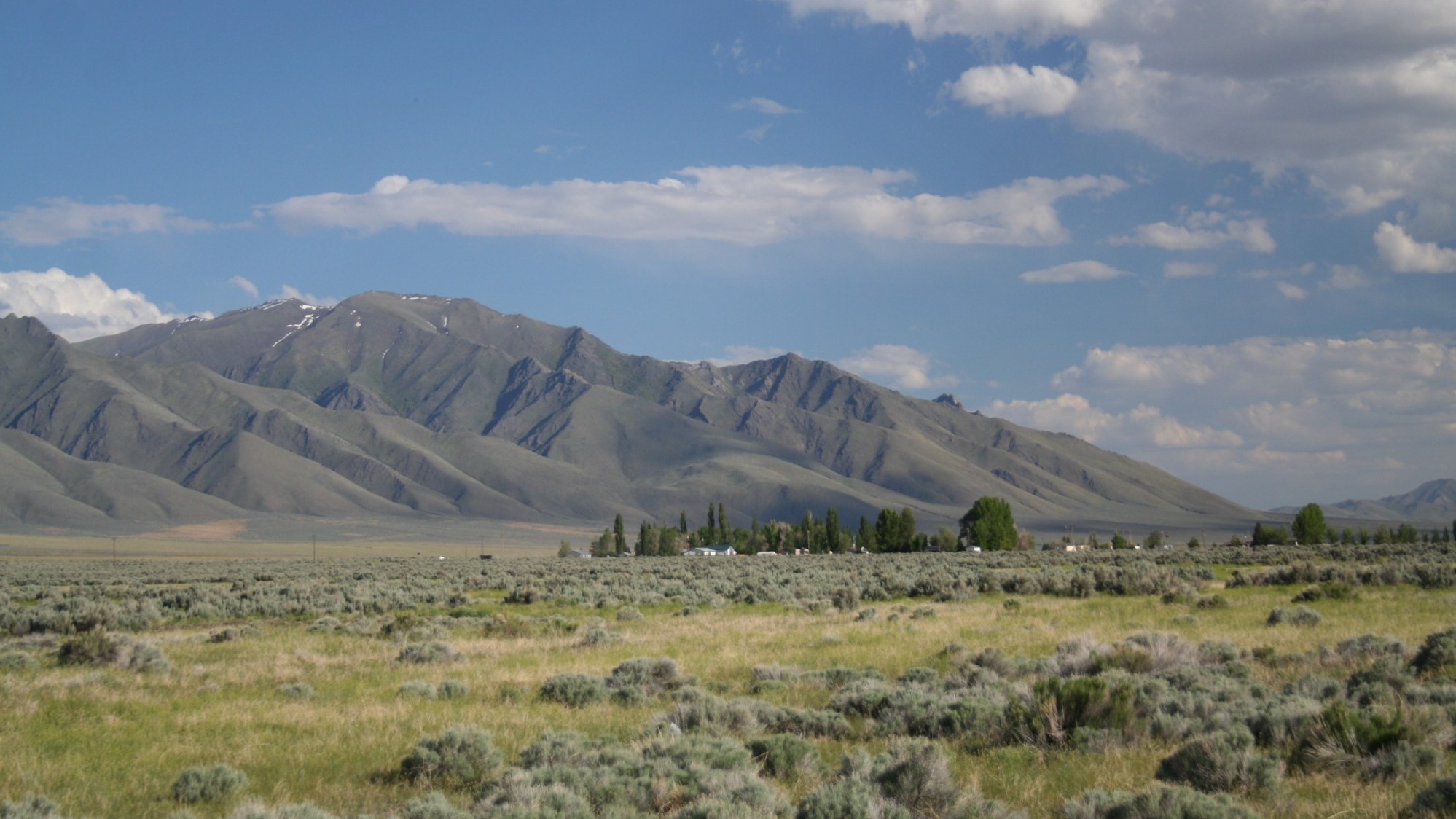Column: Green hydrogen may be energy’s future, but it’s complicated

(The opinions expressed here are those of the author, Clyde Russell, a columnist for Reuters.)
Green hydrogen is often touted as the future of energy, providing a flexible and zero-emission fuel for transportation and electricity generation.
The problem is how long will it take for that future to become reality.
An example of the immense challenges facing a hydrogen future can be neatly encapsulated by looking at Tasmania, Australia’s island state that is seeking to become a global leader in producing and exporting green hydrogen.
Hydrogen can be initially confusing as a veritable colour palate is used to describe the various ways the fuel is produced.
Green hydrogen is made using electrolysers powered entirely by renewable energies, such as wind, solar and hydro.
This sets it apart from blue hydrogen, which is also touted as a clean energy, but it’s produced by using natural gas with carbon capture and storage.
Grey hydrogen is made from natural gas but without the carbon sequestration, while black and brown hydrogen is made using coal.
Tasmania has several advantages when it comes to getting a jumpstart in producing green hydrogen.
It’s electricity grid is 100% renewable, with the main power provider, Hydro Tasmania, having a generation capacity of about 2.6 gigawatts (GW), which is more than double what it typically provides to the grid at any given time.
Thee are also operating wind farms, and plans to add another 3 GW of new turbines.
To this add in the proposed Marinus Link, which is two new connector cables to mainland Australia with a capacity of 1.5 GW.
If this development goes ahead it will allow Hydro Tasmania to proceed with upgrading existing power stations to boost output, as well as building a pumped hydro scheme to utilise cheap, excess solar generation during the day to store water for use during demand peaks.
The one thing that delegates to the Tasmanian Energy Development Conference, held this week in the northern town of Devonport, was that the stars are aligned for the state to become a green hydrogen power house.
What is less certain is how all the various moving parts are going to fit together, and the likelihood is that building a new industry from scratch is going to take considerably longer than many of the project proponents expect.
Creating a green hydrogen hub in Tasmania is likely to prove far more complex than the massive expansion of Australia’s liquefied natural gas (LNG) sector over the past decade, with more than $200 billion invested to make the country the world’s largest producer of the super-chilled fuel.
While the LNG projects were complex and involved multiple layers of approvals, they were generally undertaken by a major oil and gas company, with partners providing capital or sales purchase agreements.
For Tasmania to fulfil its green hydrogen potential it will take numerous companies working together to build renewable generation, grid expansions and new connections, electolysers, and new capabilities at the port of Bell Bay, where most of the planned projects are likely to be located.
Not only do all these various players have to come together and agree on terms, they then have to align their developments so that the assets are all ready at more or less the same time.
Scaling challenge
Currently there are some major players looking at investing in Tasmania, including Woodside Energy and Fortescue Future Industries, a subsidiary of iron ore miner Fortescue Metals Group.
Woodside is planning to build a 300 megawatt electrolyser plant to produce green hydrogen and ammonia, targeting a final investment decision next year.
If it goes ahead that will exhaust the current spare electricity available, meaning only one relatively project can get up before new generation and transmission capacity is installed.
TasNetworks, the state-owned grid operator, has had expressions of interest for about 6 GW of electricity from various hydrogen project proponents, a figure which a company official said was beyond the capability of Tasmania to provide.
Even if all 3 GW of proposed wind generation is built, it will only result in about 1.35 GW of additional power being available, given a capacity factor of about 45% for wind.
This amount of available electricity would produce just under 1 million tonnes of hydrogen or ammonia per annum, which is a sizeable volume but still pales in comparison to Australia’s annual LNG output of around 80 million tonnes.
For hydrogen to reach the scale where it is a viable alternative to Australia’s coal or LNG exports, the investment in renewable generation and storage solutions is going to be massive, as well as hugely complex.
(Editing by Kim Coghill)
Related: BP to lead giant green hydrogen project in Western Australia
More News
Lithium Americas reaches final investment decision for Thacker Pass mine
Once open, Thacker Pass is expected to produce 40,000 metric tons of battery-quality lithium carbonate per year.
April 01, 2025 | 03:05 pm
Gold retreats from record as traders brace for Trump’s tariffs
Traders are on edge as Trump plans to announce sweeping levies on all of America’s trading partners on Wednesday, raising the risks of retaliatory measures.
April 01, 2025 | 12:58 pm
{{ commodity.name }}
{{ post.title }}
{{ post.excerpt }}
{{ post.date }}



Comments